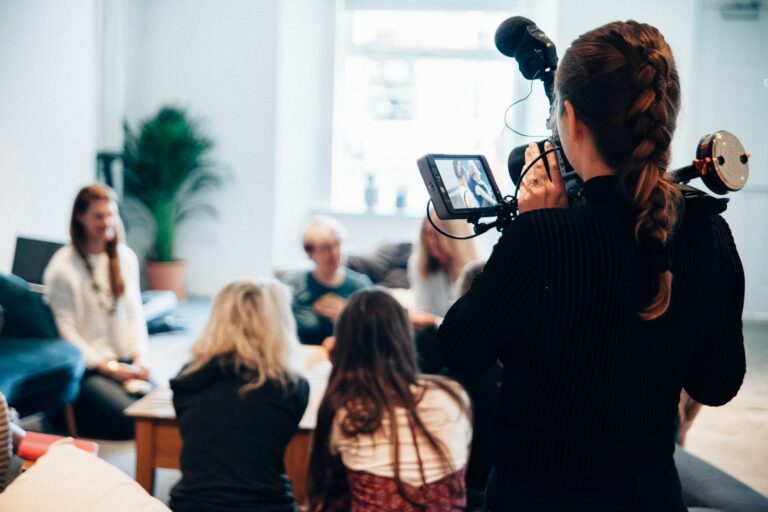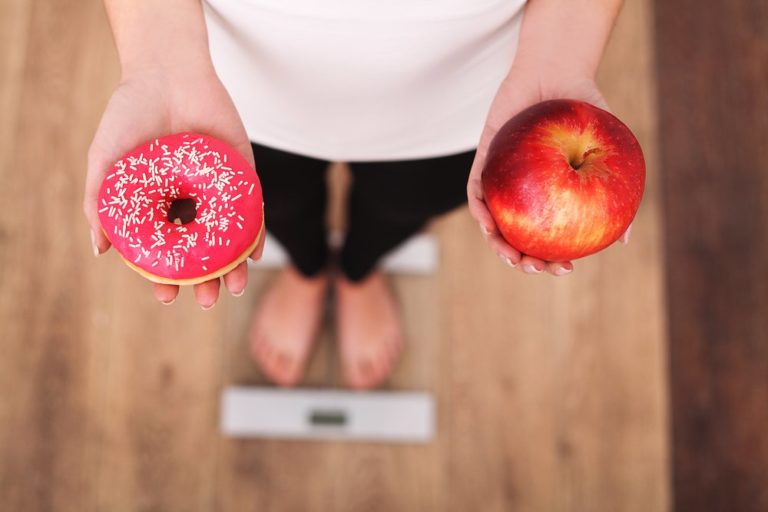Key Takeaways
- George Conway laughed when asked if Trump would indict him next.
- He confidently said, “Let Them Try” and showed no fear.
- Conway called John Bolton’s defense difficult but possible.
- He suggested Trump might target critics out of revenge.
- Conway remains calm under political pressure.
Conway’s Reply to Trump: Let Them Try
When MSNBC asked George Conway whether he feared being next on Trump’s list, he broke into laughter. Without hesitation, he said, “Let Them Try.” This quick answer shows how confident he feels. He also shared insights on John Bolton’s recent indictment. Yet, he made it clear he won’t back down from potential legal battles.
Why Conway Said Let Them Try
Conway spoke on MSNBC after Trump’s former adviser John Bolton faced charges. First, he noted that Bolton’s legal team faces a tough case. However, Conway added they might prove that Bolton was targeted for political reasons. Therefore, Trump’s critics may have a path to defend themselves. Then a host shifted to Conway’s own prospects.
When asked, “Are you worried you’re next on the enemies list?” Conway laughed. He answered with three simple words: “Let Them Try.” He never looked tense. He never sounded afraid. This moment shows his defiance. It also framed his view that he can handle any indictment.
Conway’s View on Bolton’s Indictment
Conway began by analyzing Bolton’s charges. He said the government will argue Bolton broke secrecy rules. At the same time, he sees a chance to show bias and revenge. He explained that proof of political motive could weaken the case. As a result, Bolton’s team might win on technical grounds or by showing unfair targeting.
Yet Conway admitted the defense faces big challenges. He pointed out the strength of classified information laws. He warned that courts usually favor national security claims. Still, he stressed that facts about Trump’s motives could sway judges. Thus, Conway painted a realistic picture of both risks and opportunities.
How Conway Stands Firm
After that detailed view, the host asked about Conway himself. She wanted a clear yes or no: Was he afraid of being next? Conway did not hesitate. He simply said, “Let Them Try.” He repeated the phrase twice. He kept smiling. He made his stance clear: he won’t back away.
This defiant line also underlines one message. No matter what happens in Trump’s circle, Conway plans to push back. He believes his legal team can protect him. Moreover, he feels that Trump risks looking vindictive if he moves against critics.
The Meaning Behind Let Them Try
Conway’s three words carry weight. First, they signal confidence. He trusts his ability to fight any case. Second, they serve as a warning. He tells Trump that an indictment could backfire politically. Third, they show unity with other critics. He stands with those who challenge Trump.
By saying, “Let Them Try,” Conway also taps into a broader sense of justice. He hints that the legal system can handle any claim against him. He conveys faith in fair courts. He suggests that Trump’s power may not be enough to silence him.
What This Moment Means for Critics
Conway’s reaction sets an example. It tells other Trump opponents they can speak out. It shows they need not fear immediate retaliation. As long as they act within the law, they can stand tall.
Meanwhile, Trump must weigh the costs. An indictment against a vocal critic could look like revenge. This could harm his reputation. Moreover, courts may scrutinize motives more closely. Therefore, Conway’s “Let Them Try” stance may give critics confidence and slow down political attacks.
What Comes Next
First, watch how Bolton’s case unfolds. If his team wins or draws attention to bias, Conway’s view will gain strength. Second, see if Trump moves against any other critic. So far, he has not signaled new charges against top opponents. Third, notice public reaction. If voters see political targeting, Trump could lose support.
In the weeks ahead, Conway will likely comment again. His calm tone may help shape the debate. By sticking to “Let Them Try,” he turns potential fear into boldness. He shifts the story from anxiety to defiance.
The Bottom Line
George Conway used three simple words to answer a serious question. His “Let Them Try” reply shows how he handles threats. He trusts in the law and in his own defense. He signals that Trump must think twice before going after critics. As a result, Conway remains unshaken. Meanwhile, the broader battle over indictments and political power continues.
Frequently Asked Questions
What does “Let Them Try” mean in this interview?
It means Conway welcomes any legal challenge. He shows confidence in defending himself. He also warns against politically motivated charges.
Why did Conway discuss John Bolton’s case?
He used Bolton’s indictment as a case study. He explained its legal strengths and weaknesses. This set the stage for his own reaction.
Could Trump actually indict George Conway?
Legally, the president cannot directly order an indictment. Only prosecutors can file charges. However, Conway suggests Trump might influence federal actions.
How might Conway’s response affect other critics?
His bold stance could inspire them to speak freely. It may deter political targeting by adding public scrutiny.










